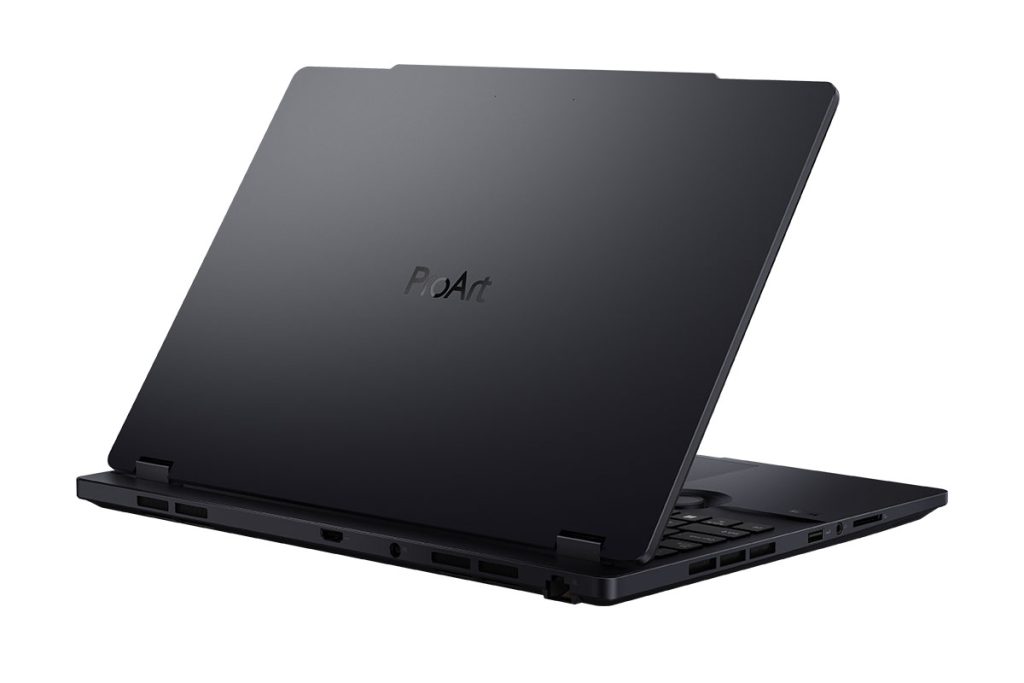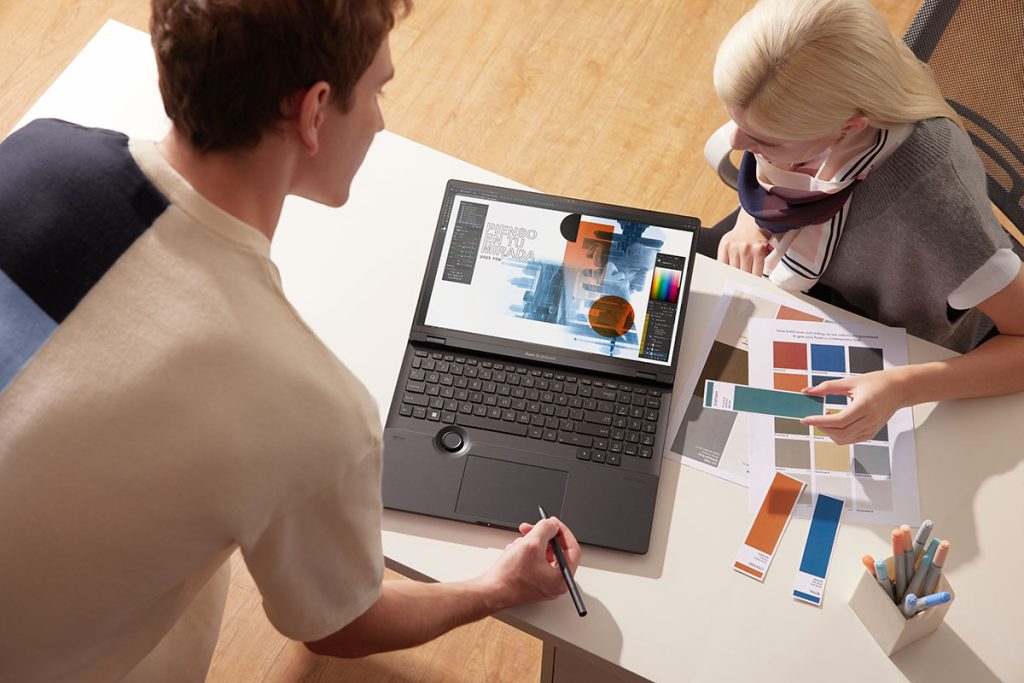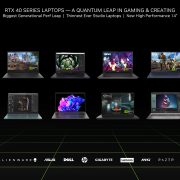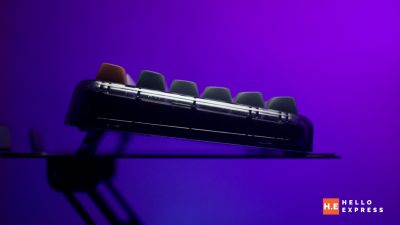
ASUS Spatial Vision revisits 3D displays with an OLED twist
ASUS is probably a bit bored with dominating the market with their stunning ASUS OLED laptops, so they decided to shake things up a little. After the foldable OLED in the Zenbook 17 Fold OLED, ASUS is now revisiting a forgotten technology: 3D. While previous implementations of 3D are usually gimmicky and useless, the hardware and software capabilities we have today can better take advantage of 3D display technology — or at least that’s what ASUS is counting on, as they announced ASUS Spatial Vision, the world’s first glasses-free 3D OLED technology.

With a lenticular lens and advanced eye-tracking camera technology, ASUS Spatial Vision creates an autostereoscopic 3D image, with the option to switch between 2D and 3D as you see fit. And of course, thanks to the underlying OLED technology, you get amazing nigh infinite contrast ratios, fast 0.2ms response times and a fluid 120hz refresh rate for some smooth visuals.

ASUS is banking on growing metaverse applications to take advantage of ASUS Spatial Vision, with integration to the exclusive apps in the ASUS Spatial Hub to not just consume 3D content, but also create 3D content and visualize models. With development tools built on Simulated Reality (SR) from Dimenco, ASUS also hopes to create an ecosystem to take advantage of ASUS Spatial Vision.
ASUS ProArt Studiobook 16 3D OLED: a 3D OLED creator mobile workstation

The ASUS ProArt series of mobile workstations are renowned to deliver immense performance for creators on the go. The addition of ASUS Spatial Vision just takes all that to the next dimension, with a 3.2K 120Hz 3D OLED display for you to view your creations in more ways than ever before. Aside from the fancy new 3D display, the ProArt Studiobook 16 3D OLED also features enhanced cooling to cope with the upgraded 13th Gen Intel Core i9-13980HX and GeForce RTX 40 series graphics under the hood.

The large stylus-compatible haptic touchpad adds an extra touch of intuitiveness to the whole experience, while the groundbreaking ASUS Dial delivers the precision and control creators have come to expect from the ASUS ProArt series. Should you decide that you do not need the third dimension in your creative workflow, the ASUS ProArt Studiobook 16 OLED will also be available with a conventional 2D OLED touchscreen. Creators with more professional aspirations can also look forward to the ASUS ProArt Studiobook 16 OLED with pro-certified NVIDIA RTX graphics, coming in Q2 2023.
ASUS Vivobook Pro 16X 3D OLED: wow the world in 3D

For a more wallet-friendly experience, ASUS also offers the ASUS Vivobook Pro 16X 3D OLED for creators to dip their toes into the 3D realm. The ASUS Vivobook Pro 16X 3D OLED can be equipped with the same 3.2K 120Hz 3D OLED display as well as the same Core i9-13980HX and GeForce RTX 40 series internals. The main differences will be a more youthful design, and the ASUS Dial from the ProArt series will be swapped out for the ASUS DialPad integrated into the sizeable touchpad of the ASUS Vivobook Pro 16X 3D OLED.

I am honestly not sure why ASUS thinks that 3D will be a thing in 2023, considering that we have had multiple waves of hype for 3D technologies over the years, and every one of them ended up as a flop. Anyone remember the HTC EVO 3D? Heck, does anyone remember HTC?











